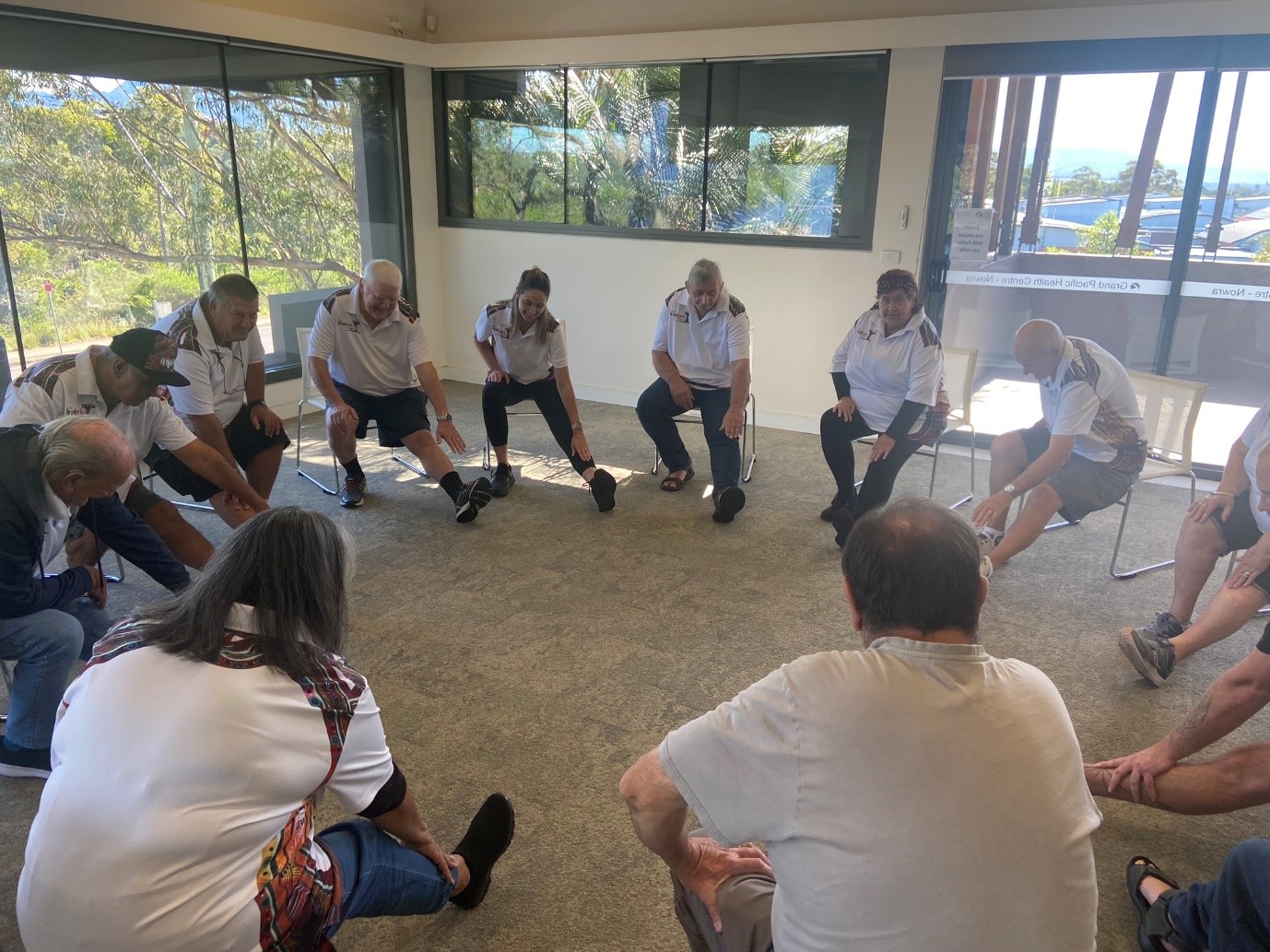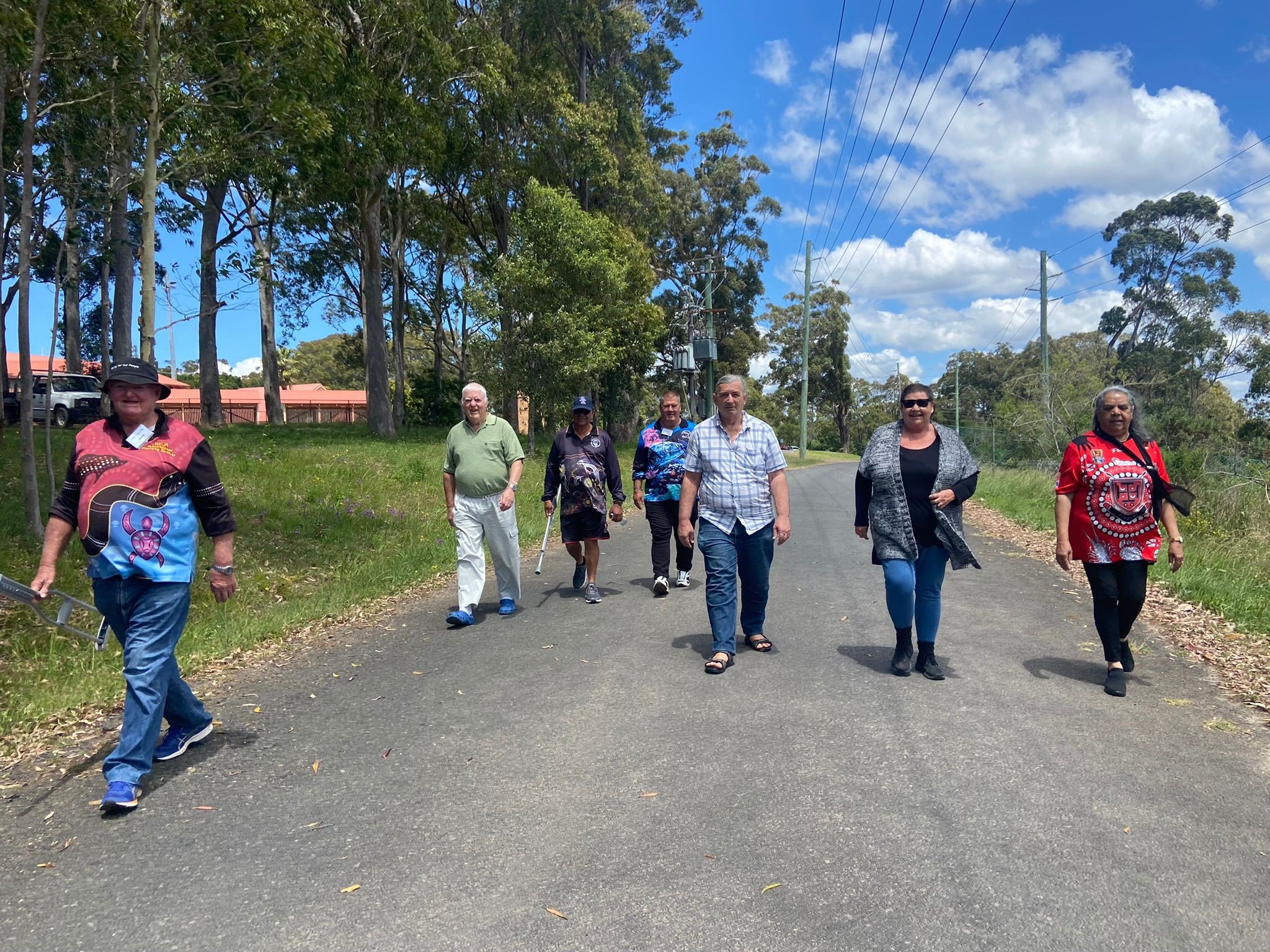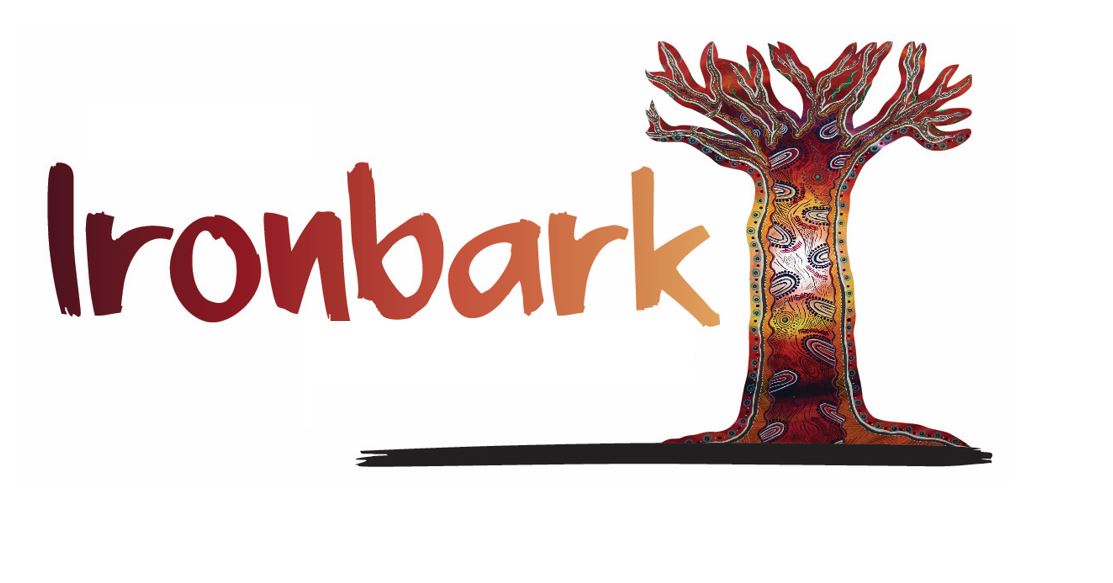About the Ironbark Program
What is the Ironbark Program?


How did the program evolve?
Fall related injury is an emerging issue for older First Nations people in Australia and worldwide, yet few targeted fall prevention programs are currently available for Aboriginal people. The Ironbark team conducted yarning circles with older Aboriginal people, which facilitated important discussions about the impact of falls. Feedback from participants highlighted that an ongoing, Aboriginal-specific, group-based fall prevention program was preferred, that could be run through established Aboriginal organisations with the flexibility to be tailored to specific communities while remaining effective and evidence based.
The Yarning circles also highlighted the importance of community consultation, Aboriginal leadership and program ownership, and this guided the co-design, development and implementation of the Ironbark program. For more information, click on Who We Are for links to our research.
